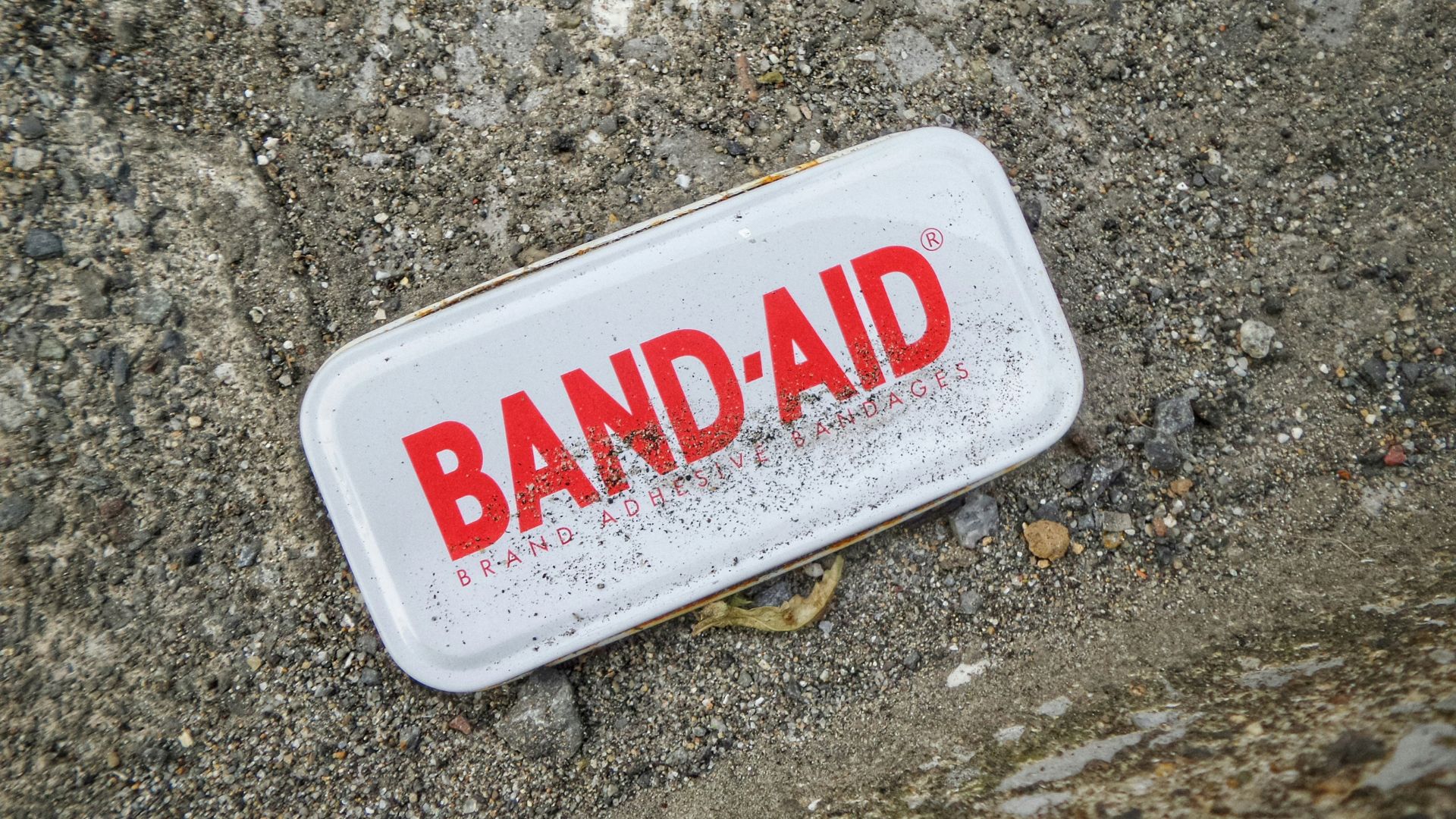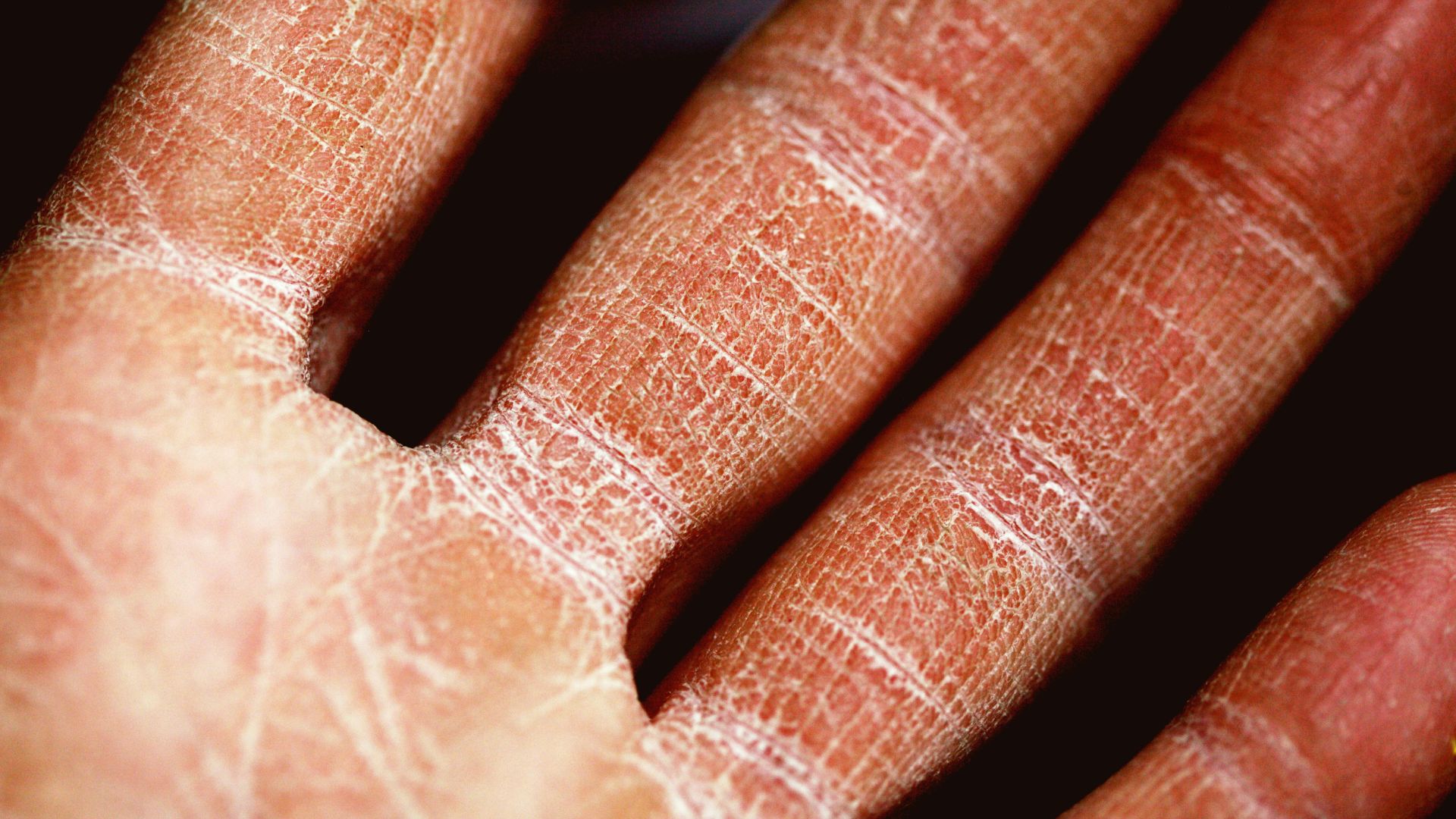A new report by a group of dermatologists who have experienced their own journey with skin cancer is sharing the hidden spots that cancer can show up.
Also, the experts share tips on the best preventative methods and the benefits of early detection and frequent checkups with your care team.
One Doctor’s Journey with Skin Cancer

Dr. Elizabeth Tanzi was pregnant with her first child when she noticed a dark spot on her leg. When the size began to grow, she knew she needed to make her own appointment to get it checked out.
“As a dermatologist, I knew that any change in a mole could indicate developing cancer, so I had it biopsied, and it was a melanoma,” she said. “I was 37 at the time and extremely worried, but the surgeon was able to remove it completely.”
Skin Cancer

Skin cancer is one of the most common forms of the disease. More than 9,000 Americans are diagnosed with it every single day.
Thankfully, the illness is also very preventable. Sun-safe practices, monthly self-checks, and being aware of the ABCs of melanoma (asymmetry, border, color, diameter, and evolution) are recommended by doctors.
Check Your Fingernails

One of the most unsuspected places for skin cancer is underneath the fingernails.
Famous reggae music pioneer Bob Marley died of melanoma that began under his toenail. The problem with this location is that it resembles a wart. Many people might not realize this, but skin cancer can quickly spread to essential organs in the body when left untreated.
Indoor Tanning is Extremely Risky

Just one session of indoor tanning can increase the risk of melanoma in the body.
One of the easiest ways to avoid preventative skin cancer is to avoid tanning for aesthetic purposes. The ultraviolet radiation emitted by tanning beds is a harsh carcinogen.
Between the Toes Is a Hot Spot

Although it’s uncommon, growing skin cancer between your toes is dangerous.
Since it’s a spot that doesn’t get much attention, the cancer growing in your toes can begin as a small mole and spread incredibly quickly.
Sores or Cuts That Don’t Heal Could Be a Bad Sign

Basal cell carcinoma, squamous cell carcinoma and melanoma are the most common forms of skin cancer.
While the first two are associated with the sun, the last one does not need sun exposure to develop. Experts say skin lesions that bleed or don’t heal over time are incredibly abnormal and should be checked out immediately for melanoma.
Not All Cancers Follow the ABCDE Rule

The ABCDE rule stands for spots that become Asymmetric, have an irregular Border, new or changing Colors, a Diameter greater than a pencil eraser, or seem to be Evolving.
However, doctors note that not all melanomas follow this typical rule. “Sometimes they don’t even have any pigment at all — the main thing to look out for is any spot, even if you aren’t sure how long it’s been present, that’s changing or doesn’t heal after a few weeks,” shared one doctor.
Signs of Cancer Can Be Mistaken for Eczema or Psoriasis

Early stages of the disease can often look like other ailments. Commonly, doctors may treat cancer as eczema or psoriasis.
One doctor notes that patients who come in and present with dry, flaky skin often walk away with a diagnosis of atopic dermatitis. However, if the illness does not heal in a few weeks, the patient should seek a different diagnosis.
Skin Cancer Occurs on all Skin Tones

Many people might think that people with darker skin tones are less susceptible to skin cancer, but this isn’t true.
Fair and dark skin are equally at risk for skin cancer. Everyone, regardless of location or skin tone, should practice sun safety to avoid preventable cancers.
Even Experts Make Mistakes

The panel of dermatologists who have experienced their own journey with melanoma and skin cancer want patients to know that no one can be perfect with sun-safe practices.
Instead of focusing on perfection, try implementing small but practical changes in your daily life. Even something as small as staying in the shade on a sunny day and checking your moles regularly can be beneficial to prevention and early detection.








































